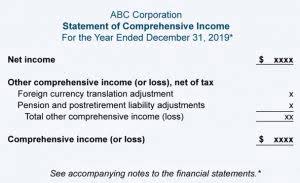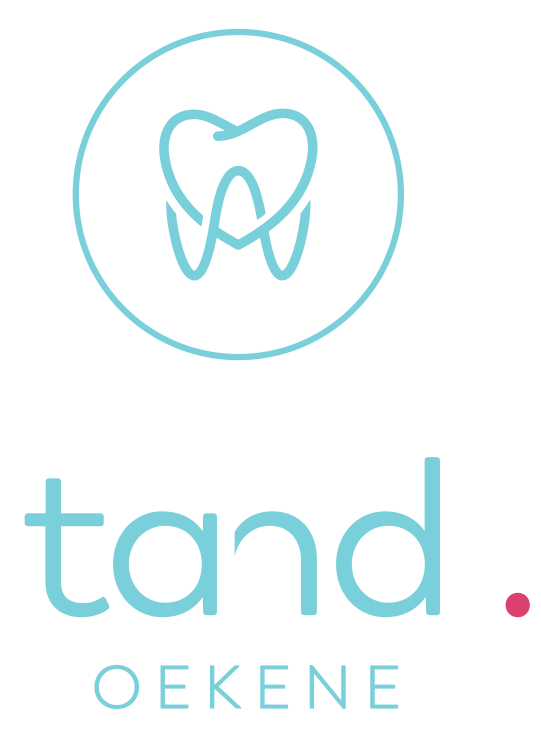
Investors, then, will not have to give up unrealized gains for a quick sale. When the spread between the bid and ask prices tightens, the market is more liquid; when it grows, the market instead becomes more liabilities in order of liquidity illiquid. The liquidity of markets for other assets, such as derivatives, contracts, currencies, or commodities, often depends on their size and how many open exchanges exist for them to be traded on.

Which of these is most important for your financial advisor to have?
- For example, some companies will list Accounts Payable as the first current liability account.
- 11 Financial may only transact business in those states in which it is registered, or qualifies for an exemption or exclusion from registration requirements.
- If that person has no cash but a rare book collection that has been appraised at $1,000, they are unlikely to find someone willing to trade the refrigerator for their collection.
- Liquidity ratios are simple yet powerful financial metrics that provide insight into a company’s ability to meet its short-term obligations promptly.
- Its quick ratio points to adequate liquidity even after excluding inventories, with $2 in assets that can be converted rapidly to cash for every dollar of current liabilities.
- Some present in order of magnitude, meaning information is presented from highest amount to smallest amount which is quite straightforward.
- The ordering of the items in a balance sheet (assets and liabilities) is called marshalling.
Inventory includes amounts for raw materials, work-in-progress goods, and finished goods. The company uses this account when it reports sales of goods, generally under cost of goods sold in the income statement. If the need of selling assets to settle liabilities ever arose, it’s easy to see what can be sold first to cover debts.

Accounting for Current Liabilities
- Consider private shares of stock that cannot easily be exchanged by logging into your online brokerage account.
- He is a CFA charterholder as well as holding FINRA Series 7, 55 & 63 licenses.
- For example, a company that relies on inventory would have a different order of liquidity than a company that relies on receivables.
- This is because the company can pledge some assets if it is required to raise cash to tide over the liquidity squeeze.
Today, there are numerous sources of independent stock research, online and in print, which can do the “number crunching” for you. However, if you’re going to become a serious stock investor, a basic understanding of the fundamentals of financial statement usage is a must. In this article, we help you to become more familiar with the overall structure of the balance sheet.
Example of Using Liquidity Ratios
Financial leverage, however, appears to be at comfortable levels, with debt at only 25% of equity and only 13% of assets financed by debt. Therefore, although Disney outperformed the year prior and generated more sales in 2021 than 2020, the company’s liquidity worsened. At the end of 2021, the company had less short-term resources to meet short-term obligations. Let’s take a look at an example of a balance sheet for a fictional company “ABC Enterprises” to illustrate the order of liquidity. The most liquid stocks tend to be those with a great deal of interest from various market actors and a lot of daily transaction volume.

Create a free account to unlock this Template
Therefore, assets and liabilities on the balance sheet should be shown in the proper order that facilitates a good understanding of the firm’s financial position. The solvency ratio is calculated by dividing a company’s net income and depreciation by its short-term and long-term liabilities. This indicates whether a company’s net income can cover its total liabilities.

For example, a large car manufacturer receives a shipment of exhaust systems from its vendors, to whom it must pay $10 million within the next 90 days. Because these materials are not immediately placed into production, the company’s accountants record a credit entry to accounts payable and a debit entry to inventory, an asset account, for $10 million. When the company pays its balance due to suppliers, it debits accounts payable and credits cash for $10 million. For different industries and differing legal systems the use of differing ratios and results would be appropriate.
- You can convert Liquid assets to cash easily, such as cash itself, accounts receivable, and marketable securities.
- The operating cash flow ratio measures how well current liabilities are covered by the cash flow generated from a company’s operations.
- Fundamentally, all liquidity ratios measure a firm’s ability to cover short-term obligations by dividing current assets by current liabilities (CL).
- In general, the more liquid an asset is, the less its value will increase over time.
- This account includes the amortized amount of any bonds the company has issued.
- The order of liquidity can also help creditors assess a company’s creditworthiness.
- As each group attempts to buy and sell things, it’s crucial to understand what financial liquidity is, how to measure it, and why it is important.

- Current assets include cash or accounts receivable, which is money owed by customers for sales.
- For instance, a declining liquidity ratio may indicate deteriorating financial health or inefficient working capital management.
- Moreover, broker fees tend to be quite large (e.g., 5% to 7% on average for a real estate agent).
- However, there are accounts that have pretty standard turnaround times for cash conversion.
- This means the company has poor liquidity as its current assets do not have enough value to cover its short-term debt.
- Arranging assets and liabilities in the order of liquidity provides useful information about a company’s short-term financial health and its ability to meet its short-term obligations.
- If you’re trading stocks or investments after hours, there may be fewer market participants.
